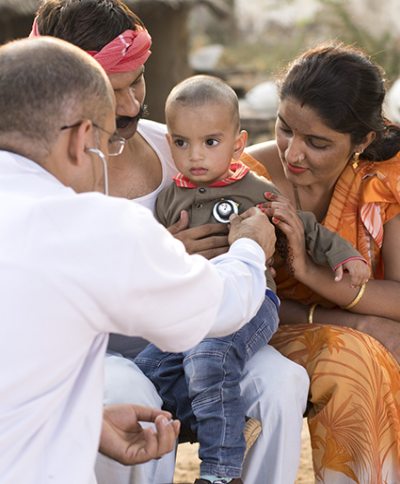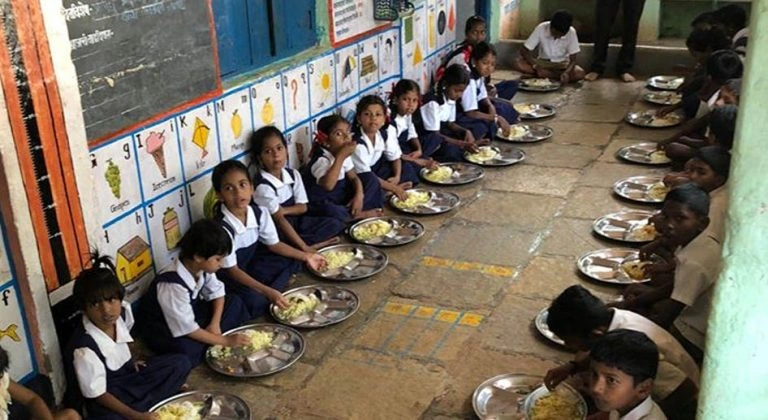Healthcare
Since independence, the focus of public health has been on rural areas which are clearly reflected in the famous Joseph Bhore’s report in 1946. This resulted in the neglect of systematic planning for health care infrastructure and the delivery of comprehensive healthcare services for the urban population. There were sporadic and scanty efforts such as World Bank-funded India Population Projects. These were never planned to be sustainable and taken to scale.
The rapid increase in urban population due to migration stretched the infrastructure often moving the neo-migrants and the poor into unhygienic settlements and risky environments making them more vulnerable to diseases, increasing their need for healthcare which is neither within their reach nor affordable for them.
The fast pace of urbanization in India poses many important health challenges that require collective efforts and a multisectoral approach to deal with the situation. A growing proportion of urban poor and vulnerable population presents with many health and development indicators that are much worse than that of their rural counterparts. There is a strong need to set up a primary healthcare system that links the community with urban Primary Health Centre (PHCs), Community Health Centre (CHCs), and higher healthcare centers to deal with special healthcare challenges and special needs of the urban population. These are spelled out in terms of vector-borne diseases, noncommunicable diseases, especially diabetes, and hypertension that are aggravated by unhealthy lifestyles, air pollution, and road traffic accidents and injuries.





